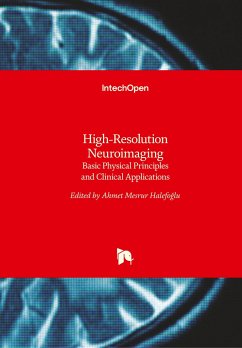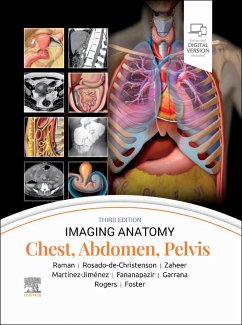
Color Atlas of High Resolution Manometry

PAYBACK Punkte
53 °P sammeln!
While reflux disease, achalasia, esophageal spasm, gastroparesis and IBS include some of the most common disorders in all disease categories, the understanding of their pathophysiology has remained elusive. The field of clinical gastrointestinal motility has for decades relied on the measurement of intestinal movements for diagnosis and management of these difficult and enigmatic disorders of gut function. Although computers have increased the speed with which we can measure the movements of the gut, the devices to measure this movement have not changed in over 20 years. In the last 2 years, a...
While reflux disease, achalasia, esophageal spasm, gastroparesis and IBS include some of the most common disorders in all disease categories, the understanding of their pathophysiology has remained elusive. The field of clinical gastrointestinal motility has for decades relied on the measurement of intestinal movements for diagnosis and management of these difficult and enigmatic disorders of gut function. Although computers have increased the speed with which we can measure the movements of the gut, the devices to measure this movement have not changed in over 20 years. In the last 2 years, a new technologic breakthrough has taken place in the measurement of intestinal movement. The technology is called high resolution manometry. Rather than the old 4 and 8 channels systems of measuring pressure, high resolution employs 36 closely spaced solid state pressure transducers. By using this technology, the resolution of gut motor activity is incredible. This allows for better waysof viewing motility using color as pressure. This technology makes for beautiful images of gut motility that we have never seen before. We have made diagnoses that would never have been appreciated with the old technology. High resolution manometry is taking over conventional manometry worldwide and represents a dramatic leap in a long time stagnant area.














